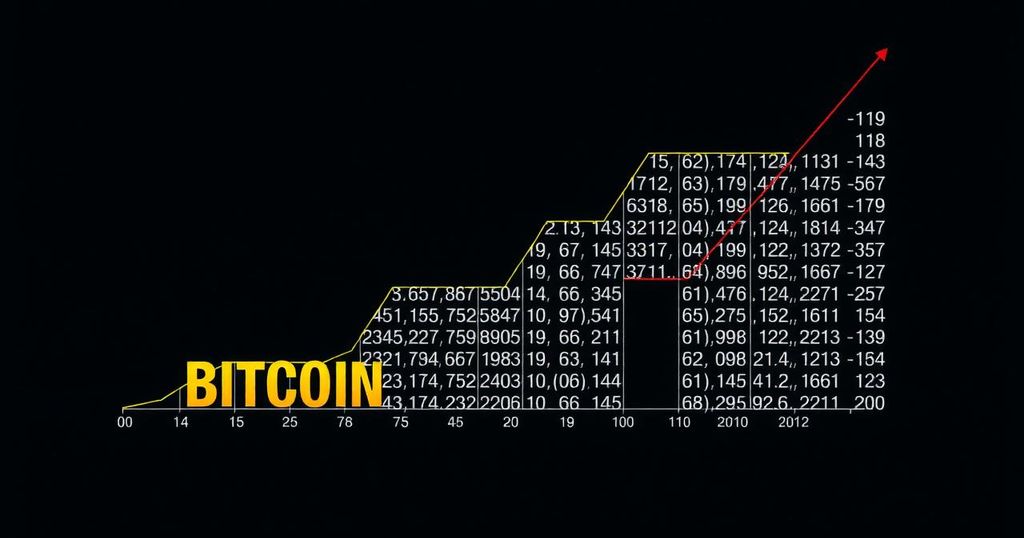Report Declares Bitcoin Halving Events No Longer Crucial to BTC Price Dynamics
A recent report by Outlier Ventures presents a compelling argument that Bitcoin halving events may no longer exert a significant influence on the price of Bitcoin (BTC), suggesting that the long-accepted four-year halving cycle has reached an obsolescence. The report, authored by Jasper De Maere, the firm’s Research Lead, contends that the correlation between halving events and price movement has weakened since 2016. According to the analysis, the BTC block reward reduction has become increasingly irrelevant within a maturing and diversifying cryptocurrency market.
De Maere emphasized that the last halving event to markedly affect price dynamics was in 2016, asserting that subsequent market behaviors have been driven more by external factors, including the advent of Bitcoin Exchange-Traded Funds (ETFs) and broader macroeconomic influences. Notably, he cites the unparalleled capital inflow observed in 2020, following the Covid-19 pandemic, during which the United States increased its money supply by 25.3%—a development that coincided with the 2020 halving.
The report further articulates that the longstanding belief in the relevance of the four-year halving cycle is misguided. It delineates that the catalysts of demand—such as BTC ETF approvals—are discrete from the supply-side effects of halving events. Consequently, De Maere urges market participants, including founders and investors, to pivot their focus towards substantial macroeconomic indicators rather than remaining fixated on predictably timing market movements based on the halving cycle.
In summary, while the psychological effects of halving events may linger for some, the report firmly positions their fundamental impact as nominal in the current landscape of cryptocurrency trading. As the market continues to evolve, understanding the significant macroeconomic forces at play may yield better foresight than reliance on previously established cycles.
This assessment invites stakeholders within the community to critically evaluate their assumptions about Bitcoin’s foundational price drivers—an endeavor that may ultimately lead to a more nuanced understanding of the cryptocurrency market as it continues to mature.
The question now arises: what implications does this shift in perspective hold for the future of Bitcoin and its price trajectory in an increasingly complex financial environment?








Post Comment